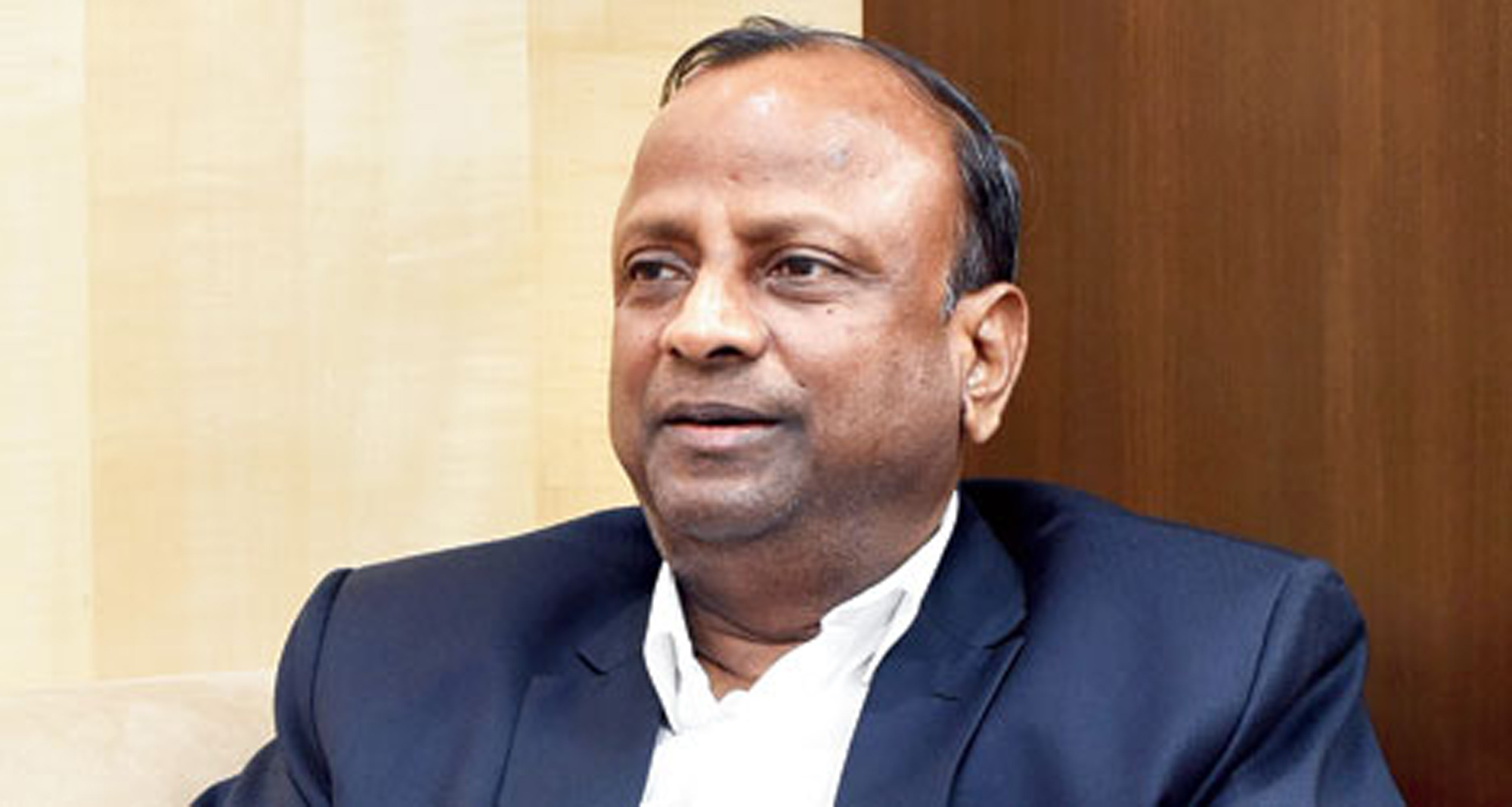Rajnish Kumar, the chairman of State Bank of India, has tried to stir a debate on that old chestnut: the need for a unified regulator in the financial services industry. Every time a crisis rocks the foundations of the financial markets, there is a visceral reaction from the shoguns of the industry. They quickly float the old trial balloon while bemoaning the fact that in the absence of a unified regulator, the wrongdoers have found ingenious ways of slipping through the cracks in regulatory domains. Mr Kumar’s remark foreshadows concerns in the wake of the sudden market meltdown last September that led to the near collapse of a couple of non-banking finance companies and left banks with another pile of toxic loan assets. On the face of it, the concept of a unified regulator appears to be very seductive. Norway was the first to embrace the idea of a unified regulator in 1986; Denmark and Sweden followed quickly thereafter. The United Kingdom experimented with a single regulator, the Financial Services Authority, between 2001 and 2013. It was eventually abolished because of its failure to adequately regulate banks during the financial crisis of 2008. It has since been split into two agencies. One regulates financial entities that provide services to consumers; the other is responsible for prudential regulation of banks.
Regulators in India have baulked at the idea, fearing invasion of their turf and the loss of independence to a super regulator. In 2013, the B.N. Srikrishna committee, which had been asked to suggest financial-sector legislative reforms, had examined the idea closely. The committee had proposed the formation of a super regulator with the merger of four regulators: the Securities and Exchange Board of India, Forward Markets Commission, Insurance Regulatory and Development Authority, and the Pension Fund Regulatory and Development Authority. While the oldest regulator, the Reserve Bank of India, would continue to operate independently, the committee suggested that its role ought to be modified to initially cover the three areas of monetary policy, banking supervision and payment systems.
But there has been very little progress towards the creation of a unified regulator. The Srikrishna committee had suggested that about five to 10 years after its suggestions were implemented, the government might consider the idea of a single Unified Financial Authority. If that was not possible, it could opt for the UK’s two-agency structure. That would leave the RBI with a narrow remit of conducting monetary policy. Mr Kumar’s latest push for a debate on the issue opens up the scope of tearing down the walls of regulation. But it will not be easy because a battle of wills would inevitably break out among the regulators.


.jpg)










